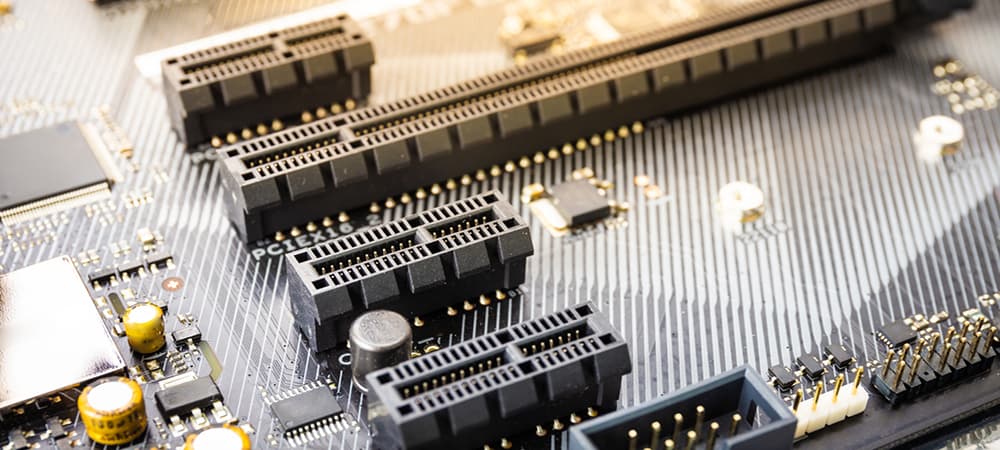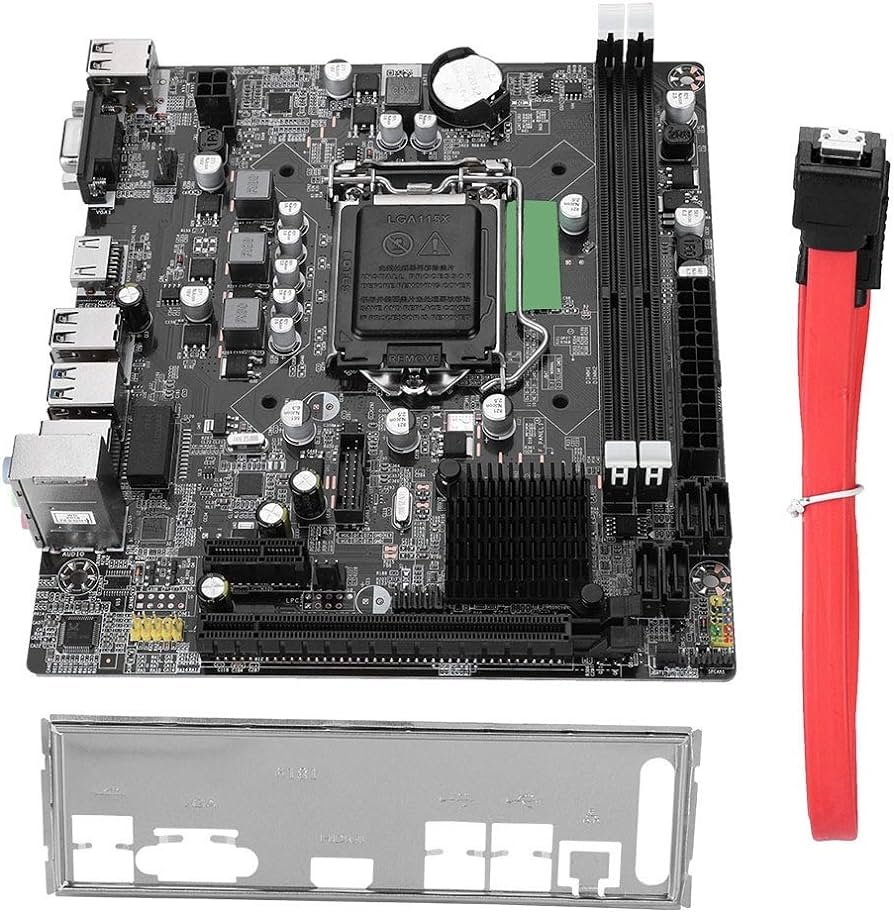To identify a sound card on a motherboard, check for the audio ports on the back of the computer and consult the motherboard’s manual for specific details. The sound card is usually connected to the motherboard and can be identified by its ports and branding.
When building or upgrading a computer, it’s essential to understand the components on the motherboard, including the sound card. The sound card, also known as an audio adapter, handles audio input and output for the system. It’s responsible for producing the audio you hear through speakers or headphones.
Identifying the sound card is crucial for troubleshooting audio issues, upgrading audio capabilities, or ensuring compatibility with external audio devices. By familiarizing yourself with the location and specifications of the sound card on the motherboard, you can make informed decisions about audio-related hardware and software for your computer.

Credit: www.amazon.com
Method 1: Check The Motherboard Specifications
You can identify a sound card on a motherboard by checking the motherboard specifications for information on the audio chipset used. This will help you determine whether a dedicated sound card is present or if the integrated audio is being used.
Identifying a sound card on a motherboard is essential if you want to upgrade your audio capabilities. Luckily, there are various methods you can use to determine the sound card on your motherboard. This article will guide you through the first method – checking the motherboard specifications. By following the steps below, you’ll be able to easily find out which sound card your motherboard is equipped with.
Research The Manufacturer’s Website
One of the most reliable ways to identify the sound card on your motherboard is to visit the manufacturer’s website. Manufacturers usually provide detailed information about their products, including the specifications of the onboard sound card.
To start your search, find the brand and model name of your motherboard. This information is often displayed on the physical board itself or can be found in your computer’s system settings. Once you have this information, open your preferred web browser and navigate to the manufacturer’s website.
Follow these simple steps to research the manufacturer’s website:
- Visit the manufacturer’s official website by typing their URL into your browser’s address bar.
- Look for a section on the website that provides support or product information.
- Find the page dedicated to your specific motherboard model.
- Within the motherboard’s product page, search for specifications or technical details.
- Look for information related to the onboard audio or sound card.
- Note down the details of the sound card, such as the chipset or model name.
Use System Information Tools
If you don’t have access to the manufacturer’s website or if the information provided is insufficient, you can turn to system information tools to identify the sound card on your motherboard. These tools gather and display detailed information about your computer’s hardware components, including the sound card.
Here’s how you can use system information tools:
- Open your preferred web browser and search for a system information tool.
- Select a reliable and reputable tool to ensure accurate information.
- Download and install the system information tool on your computer.
- Launch the tool and allow it to gather information about your system.
- Navigate to the section that displays audio or sound card details.
- Take note of the information regarding your sound card, including the model name or chipset.
By following these steps, you should be able to easily identify the sound card on your motherboard using the first method – checking the motherboard specifications. Whether you research the manufacturer’s website or utilize system information tools, having this information is crucial for any audio-related upgrades or troubleshooting you may undertake.

Credit: www.hp.com
Method 2: Visually Inspect The Motherboard
Method 2: Visually inspect the motherboard is another effective way to identify a sound card on a motherboard.
Locate The Audio Ports
Start by looking for the audio ports on the motherboard. These ports are typically color-coded in a distinctive manner, often with green indicating the output for speakers and pink for a microphone input.
Identify Any Audio Chipset Or Audio Capacitors
Inspect the motherboard for any audio chipset or audio capacitors. The audio chipset is usually a small, square or rectangular component with several pins. It is often labeled with the manufacturer’s name and model number. Audio capacitors, on the other hand, are small cylindrical components scattered across the motherboard near the audio ports and chipset. These components are crucial for filtering and improving the quality of the audio signal.
Method 3: Check Device Manager
Accessing Device Manager
To access Device Manager, press Windows key + X and select Device Manager from the menu. Alternatively, right-click on the Start button and choose Device Manager.
Locating The Sound Card In Device Manager
- In Device Manager, expand the Sound, video and game controllers category.
- You will find your sound card listed – it may be labeled as Realtek High Definition Audio, SoundMax, or another identifier.

Credit: rog.asus.com
Frequently Asked Questions For Identify A Sound Card On A Motherboard
What Is A Sound Card And Where Is It Located On A Motherboard?
A sound card is a hardware device that enables audio input and output on a computer. It is usually located in one of the PCI slots on the motherboard. The sound card enhances the audio capabilities of the computer, providing a better sound quality for music, games, and video playback.
How Do I Identify If My Motherboard Has A Built-in Sound Card?
To identify if your motherboard has a built-in sound card, you can check the specifications of your motherboard online. Look for features like “audio chipset” or “audio controller” in the product description. Alternatively, you can open your computer case and visually inspect the motherboard to see if it has any audio ports or dedicated sound card slots.
Can I Add An External Sound Card To A Motherboard That Doesn’t Have One?
Yes, you can add an external sound card to a motherboard that doesn’t have a built-in sound card. External sound cards connect to the computer via USB or other interfaces and provide audio input and output capabilities. This is a great option if you want to enhance your computer’s audio performance or if your motherboard’s built-in sound card is not functioning properly.
What Are The Advantages Of Using A Dedicated Sound Card?
Dedicated sound cards offer several advantages over onboard sound solutions. They provide higher audio quality, lower latency, and more advanced audio processing capabilities. Dedicated sound cards are particularly useful for gamers, musicians, and audio enthusiasts who require high-fidelity sound reproduction and precise audio inputs for recording or mixing purposes.
Conclusion
Identifying a sound card on a motherboard is essential for optimal audio performance. By following the steps outlined in this post, you can easily locate and determine the type of sound card on your motherboard. This knowledge will enable you to troubleshoot any audio issues and ensure an enhanced listening experience.



